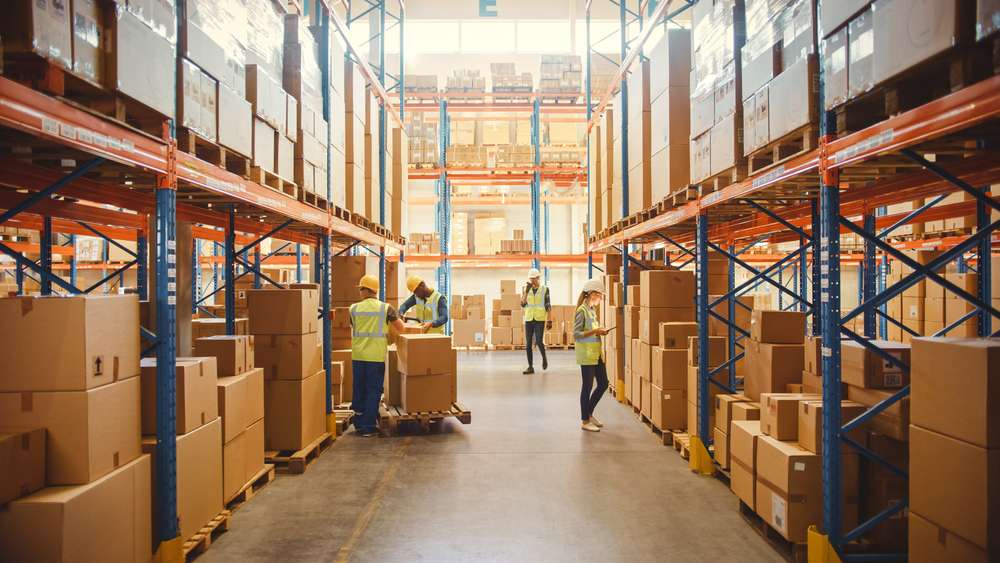The Packing Process in Warehousing: Steps and Importance
This article examines the critical steps and strategies for optimizing warehouse packing operations, highlighting proven practices, tools, and efficiency tips. It offers guidance on streamlining workflows to enhance accuracy, reduce delays, and boost overall productivity.

What Are the Essential Steps in the Warehousing Packing Process?
The warehousing packing process typically begins with order verification, where warehouse staff confirm product details against picking lists to ensure accuracy. Workers then select appropriate packaging materials based on product dimensions, weight, and fragility requirements. The actual packing involves securing items with protective materials, arranging products to maximize space efficiency, and applying proper labeling for shipping identification. Quality control checks follow, ensuring packages meet safety standards before moving to the shipping area. Finally, packages undergo final inspection and documentation updates in warehouse management systems.
Each step requires careful attention to detail and adherence to established protocols. Proper sequencing prevents delays and reduces the likelihood of errors that could result in damaged goods or incorrect shipments. Modern warehouses often integrate technology solutions to track progress through each stage, providing real-time visibility into packing operations and enabling quick identification of bottlenecks or quality issues.
How Can Effective Packing Tips Improve Warehouse Operations?
Implementing proven packing tips significantly enhances operational efficiency and reduces costs associated with damaged merchandise or returned shipments. Color-coding systems for different product categories help workers quickly identify appropriate packaging materials and handling requirements. Standardizing packaging procedures through detailed work instructions ensures consistency across shifts and reduces training time for new employees.
Strategic placement of packing materials near workstations minimizes movement time and increases productivity. Pre-sized packaging options based on common product dimensions eliminate guesswork and reduce material waste. Training staff to recognize optimal arrangement patterns for different product types helps maximize space utilization while maintaining package integrity. Regular evaluation of packing methods and materials ensures continuous improvement and adaptation to changing product lines or customer requirements.
Which Strategies Drive Warehouse Efficiency in Packing Operations?
Warehouse efficiency relies heavily on well-designed packing stations equipped with ergonomic features that reduce worker fatigue and injury risks. Implementing zone-based packing systems allows specialization by product type, enabling workers to develop expertise with specific packaging requirements. Batch processing similar orders together reduces setup time and creates economies of scale in material usage.
Technology integration through automated packaging equipment or dimensioning systems speeds up processing while improving accuracy. Cross-training employees across multiple packing functions provides flexibility during peak periods or staff shortages. Establishing clear performance metrics and regular monitoring helps identify improvement opportunities and maintain service level standards. Coordination between picking and packing operations ensures smooth workflow transitions and prevents bottlenecks that could delay order fulfillment.
What Packing Strategies Optimize Space and Cost Management?
Effective packing strategies focus on right-sizing packages to eliminate excess void space while maintaining adequate protection for contents. Implementing dimensional weight calculations helps balance shipping costs with packaging requirements, particularly important for lightweight but bulky items. Multi-product consolidation strategies reduce overall packaging materials and shipping expenses when customers order multiple items.
Sustainable packaging approaches using recyclable materials or reduced packaging layers appeal to environmentally conscious customers while potentially lowering material costs. Seasonal adjustment strategies account for varying product mixes and shipping volumes throughout the year. Partnership programs with packaging suppliers can provide volume discounts and ensure consistent material availability during peak periods.
How Do Warehouse Packing Best Practices Enhance Quality Control?
Warehouse packing best practices emphasize systematic quality checkpoints throughout the packing process to catch errors before packages leave the facility. Double-checking procedures require independent verification of package contents against order documentation. Standardized sealing and labeling protocols ensure packages can withstand shipping stresses and arrive clearly identified.
Regular training updates keep staff informed about new products, packaging requirements, or procedural changes. Documentation systems track packing quality metrics and identify patterns that may indicate training needs or process improvements. Communication protocols between packing staff and other departments facilitate quick resolution of issues or special handling requirements. Investment in quality packaging materials and equipment demonstrates commitment to customer satisfaction and reduces long-term costs associated with damaged goods or returns.
Conclusion
The warehousing packing process represents a critical component of supply chain success, requiring careful attention to procedural details, continuous improvement efforts, and strategic investment in appropriate tools and training. By implementing systematic approaches to packing operations, warehouses can achieve significant improvements in efficiency, cost management, and customer satisfaction. Success depends on balancing speed requirements with quality standards while maintaining flexibility to adapt to changing business needs and customer expectations. Organizations that prioritize excellence in their packing processes often find these efforts translate into measurable competitive advantages and improved operational performance across their entire logistics network.




